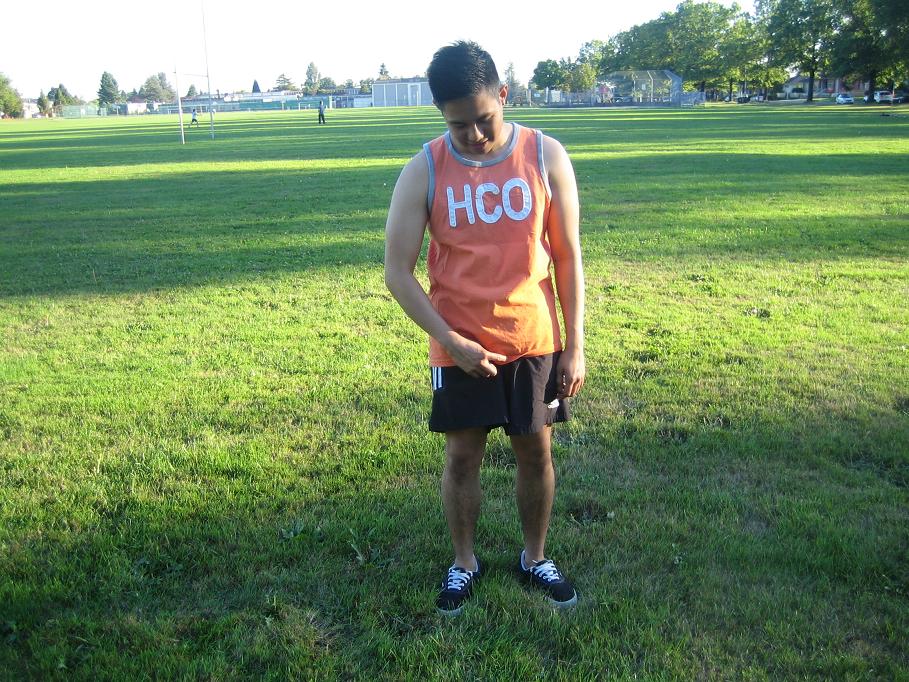A hip flexor strain is an injury that involves tearing of one or more hip flexor muscles and causes pain or discomfort in the anterior aspect of the hip or groin. A hip flexor strain is usually caused by the iliopsoas muscles which are found in the lower back and pelvis and moves into the thigh bone or femur. This muscle allows forward movement when running and walking. When kicking or sprinting, there is significant strain on the hip flexor which results to a hip flexor strain which involves tearing or stretching of the tendon or muscles.
Classification of a hip flexor strain
- Grade 1 tear – small amount of fibers are torn with some pain yet full functionality is maintained
- Grade 2 tear – significant number of fibers are torn and there is moderate loss of function
- Grade 3 tear – rupture of all muscle fibers that result to major loss of function.
Causes
- A hip flexor strain can be caused by sudden contraction of the hip flexor muscles especially in the stretch position.
- Performing sprinting or kicking with sports such as football and soccer
- Inadequate warm-up exercises
Symptoms

- A sudden sharp pain or pulling sensation felt in the front of the hip or groin after the injury.
- Muscle spasm and weakness
- Difficulty in walking with an evident limp
- Pain when lifting the knee up to the chest particularly when running, kicking or climbing stairs.
- Pain in the affected area upon waking up in the morning.
- Tenderness, swelling and bruising of the area
- Sometimes, in a grade 3 tear, there is deformity of the affected area
Treatment
- Take plenty of rest especially the affected hip flexor muscles. Avoid performing activities that can strain on the hip flexor muscle.
- Apply a cold compress the affected area. Wrap an ice pack using a piece of cloth or towel and apply on the injury for at least 30 minutes at a time every 3-4 hours until 2-3 days until the pain is minimized.
- Massage the affected area using ice. Simply freeze a Styrofoam cup filled with water. Remove the top of the cup so that the ice is exposed and then rub over the painful area for a few minutes.
- Apply heat on the affected area to relax the muscles. Apply moist heat such as a heating pad that is applied on the area for at least 15-20 minutes before starting gentle exercises.
- Take the prescribed pain medications to lessen the pain and inflammation such as ibuprofen or acetaminophen.
More Information & Disclaimer
The information posted on this page for muscular injuries is for learning purposes only. The best way to learn to manage, recognize and prevent these injuries is by taking a basic first aid and CPR course such as standard first aid. Standard first aid covers topics such as sprains, strains and muscular injuries. Register for a course near you today to learn more.

